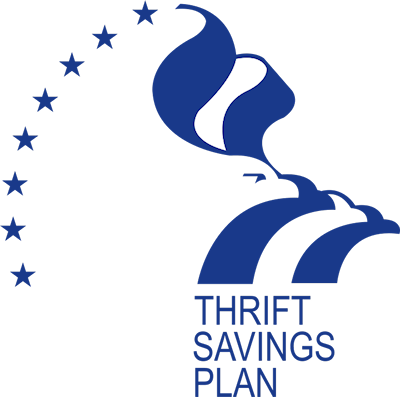Thrift Savings Plan_3
Post on: 18 Апрель, 2015 No Comment

The Thrift Savings Plan (TSP) is a Federal Government-sponsored retirement savings and investment plan. Congress established the TSP in the Federal Employees’ Retirement System Act of 1986. The purpose of the TSP is to provide retirement income.
The TSP is a defined contribution plan. The retirement income that you receive from your TSP account will depend on how much you have contributed to your account during your working years and the earnings on those contributions. The TSP offers the same type of savings and tax benefits that many private corporations offer their employees under so-called 401(k) plans.
These options include the introduction of new funds that will be based on asset allocation, the end of open seasons, and the combination of the uniform and federal service forms. The following is a summary of the TSP Plan:
Your Investment Mix
Also known as asset allocation, your investment mix is the most important factor affecting the performance of your Thrift Savings Plan (TSP) account. The TSP will now offer professionally managed life cycle funds that combine investments in the five existing TSP funds through various asset allocations. Allocations will be tailored to different groups of participants according to their time horizon (time to retirement age) or when individuals plan on withdrawing their money. Information about the life cycle funds can be found on the TSP website.
Contribution elections are processed under new rules requiring elections to be made effective no later than the first full pay period after they are filed.
Note: The current contribution limit for 2015 is $18,000; which is set by the Internal Revenue Code. In addition, contributions for the catch-up plan is limited at $6,000.
www.tsp.gov for further information the recent changes.
Thrift Savings Plan Features
You may elect to contribute any percentage (1 to 100) of your basic pay. However, your annual dollar total cannot exceed the Internal Revenue Code limit, which is $18,000 for 2015. If you contribute to the TSP from your basic pay, you may also contribute from one to 100 percent of any incentive pay or special pay (including bonus pay) you receive, up to the limits established by the Internal Revenue Code.

Other TSP Benefits include:
- Your TSP contributions are taken out of your pay before taxes are computed, so you pay less witholding tax now.
- TSP earnings are tax — deferred. This means you don’t pay Federal (and, in most cases, state) income taxes on your contributions or earnings until you withdraw the money — usually at retirement, when you are in a lower tax bracket.
- You can diversify your TSP investment among five different investment funds: the Government Securities Investment (G) Fund, the Fixed Income Index Investment (F) Fund, the Common Stock Index Investment (C) Fund, the Small Capitalization Stock Index Investment (S) Fund, the International Stock Index Investment (I) Fund, and the new Lifecycle (L) Fund.
- You can transfer any amount of money into the TSP from certain qualified retirement savings plans in which you are already invested. For example, if you have money in a 401(k) plan from previous employment, you can transfer all or part of it into the TSP. Similarly, you can transfer your TSP account balance to an eligible retirement plan when you leave Federal service.
Matching Contributions — the secretary responsible for each service may designate critical specialties for matching contributions. Members serving in those specialties who agree to serve on active duty for 6 years may be eligible for matching contributions during the 6-year active duty obligation.
The matching contributions apply only to amounts contributed from basic pay and not from any incentive pay or special pay. If you do not contribute basic pay to the TSP, you will not be eligible to receive matching contributions. Matching contributions apply to the first 5 percent of pay that you contribute each pay period. Your contributions are matched dollar-for-dollar on the first 3 percent of pay you contribute each pay period and 50 cents on the dollar for the next 2 percent of pay.
Special Note: Matching contributions have been authorized by ;the Department of the Army as a Pilot program for new recruits. Your service will notify you if you are eligible to receive matching contributions.
There is a lot to consider when making any financial investment. To get important details on the Thrift Savings Plan, visit the official TSP Website .














